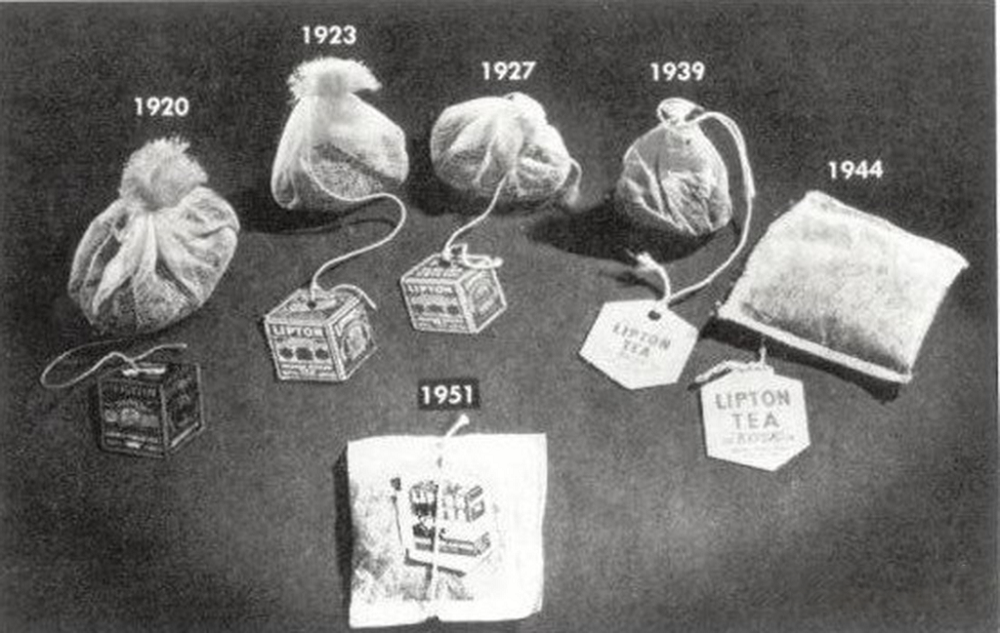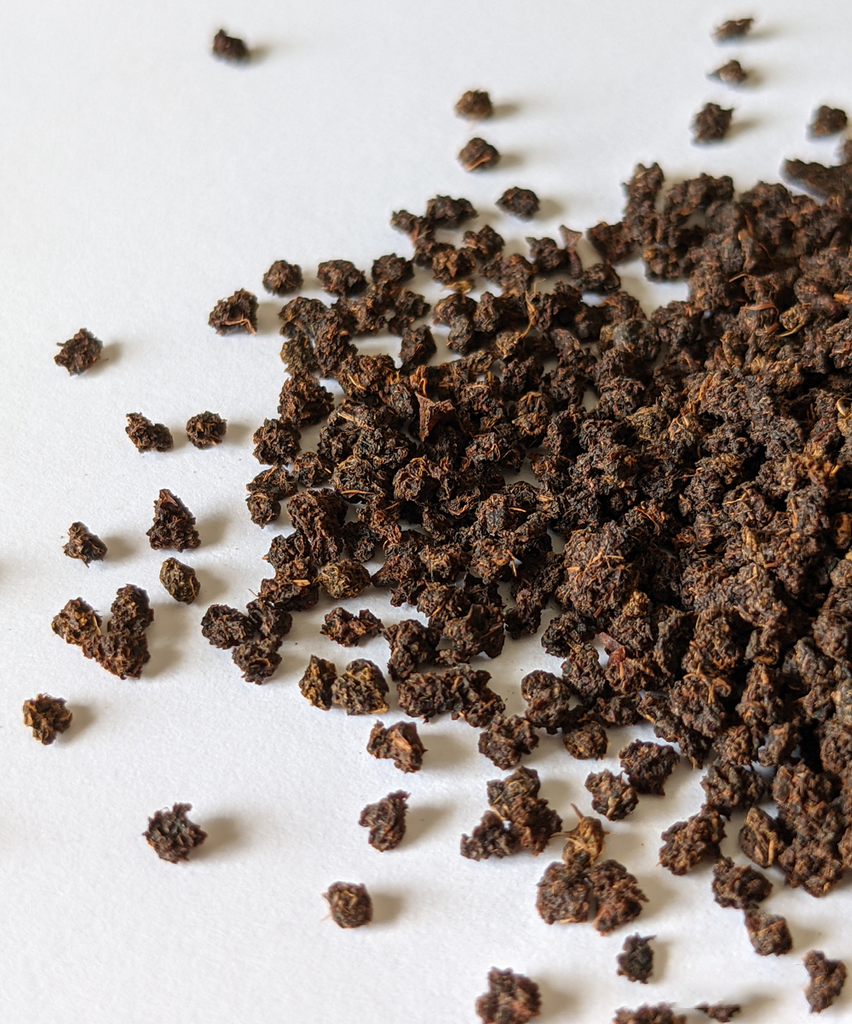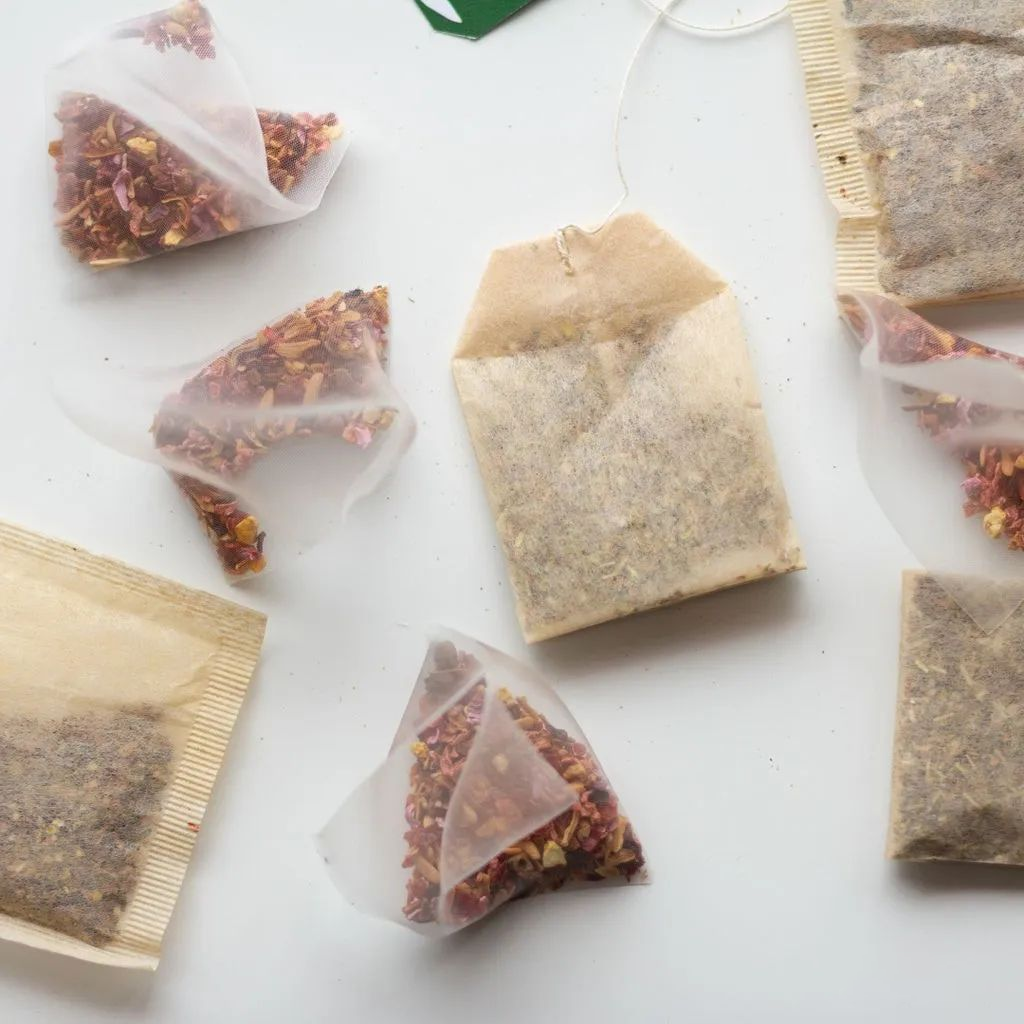What is bagged tea?
A tea bag is a disposable, porous, and sealed small bag used for brewing tea. It contains tea, flowers, medicinal leaves, and spices.
Until the early 20th century, the way tea was brewed remained almost unchanged. Soak the tea leaves in a pot and then pour the tea into a cup, but all of this changed in 1901.
Packaging tea with paper is not a modern invention. In the Tang Dynasty of China in the 8th century, folded and sewn square paper bags preserved the quality of tea.
When was the tea bag invented – and how?
Since 1897, many people have applied for patents for convenient tea makers in the United States. Roberta Lawson and Mary McLaren from Milwaukee, Wisconsin applied for a patent for the “tea rack” in 1901. The purpose is simple: to brew a cup of fresh tea without any leaves floating around it, which can disrupt the tea experience.
Is the first tea bag made of silk?
What material was the first tea bag made of? According to reports, Thomas Sullivan invented the tea bag in 1908. He is an American importer of tea and coffee, transporting tea samples packaged in silk bags. Using these bags to brew tea is very popular among his customers. This invention was accidental. His customers should not put the bag in hot water, but should first remove the leaves.
This happened seven years after the “Tea Frame” was patented. Sullivan’s clients may already be familiar with this concept. They believe that silk bags have the same function.
Where was the modern tea bag invented?
In the 1930s, filter paper replaced fabrics in the United States. Loose leaf tea is starting to disappear from the shelves of American stores. In 1939, Tetley first brought the concept of tea bags to England. However, only Lipton introduced it to the UK market in 1952, when they applied for a patent for “flo thu” tea bags.
This new way of drinking tea is not as popular in the UK as in the United States. In 1968, only 3% of tea in the UK was brewed using bagged tea, but by the end of this century, this number had risen to 96%.
Bagged Tea Changes the Tea Industry: The Invention of CTC Method
The first tea bag only allows the use of small tea particles. The tea industry is unable to produce enough small grade tea to meet the growing demand for these bags. Producing a large amount of tea packaged in this way requires new manufacturing methods.
Some Assam tea plantations introduced the CTC (abbreviation for cut, tear, and curl) production method in the 1930s. The black tea produced by this method has a strong soup flavor and is perfectly matched with milk and sugar.
Tea is crushed, torn, and curled into small and hard particles through a series of cylindrical rollers with hundreds of sharp teeth. This replaces the final stage of traditional tea production, where tea is rolled into strips. The following image shows our breakfast tea, which is a high-quality CTC Assam loose tea from Doomur Dullung. This is the base tea of our beloved Choco Assam blended tea!
When was the pyramid tea bag invented?
Brooke Bond (the parent company of PG Tips) invented the pyramid tea bag. After extensive experimentation, this tetrahedron named “Pyramid Bag” was launched in 1996.
What is special about pyramid tea bags?
The pyramid tea bag is like a floating “mini teapot”. Compared to flat tea bags, they provide more space for tea leaves, resulting in better tea brewing effects.
Pyramid tea bags are becoming increasingly popular because they make it easier to obtain the flavor of loose leaf tea. Its unique shape and shiny surface are also elegant. However, let’s not forget that they are all made of plastic or bioplastics.
How to use tea bags?
You can use tea bags for hot and cold brewing, and use the same brewing time and water temperature as loose tea. However, there may be significant differences in the final quality and taste.
Tea bags of varying sizes typically contain fan leaves (small pieces of tea left after collecting higher-level leaf tea – usually considered waste) or dust (fan leaves with very small particles). Traditionally, the soaking speed of CTC tea is very fast, so you cannot soak CTC tea bags multiple times. You will never be able to extract the flavor and color that loose leaf tea can experience. Using tea bags can be seen as faster, cleaner, and therefore more convenient.
Do not squeeze the tea bag!
Attempting to shorten the brewing time by squeezing the tea bag will completely disrupt your experience. The release of concentrated tannic acid can cause bitterness in tea cups! Be sure to wait until the color of your favorite tea soup darkens. Then use a spoon to remove the tea bag, place it on the tea cup, let the tea drain, and then place it on the tea tray.
Will tea bags expire? Storage Tips!
Yes! The enemies of tea are light, moisture, and odor. Use sealed and opaque containers to maintain freshness and flavor. Store in a cool and well ventilated environment, away from spices. We do not recommend storing tea bags in the refrigerator as condensation may affect the taste. Store tea according to the above method until its expiration date.
Post time: Dec-04-2023








